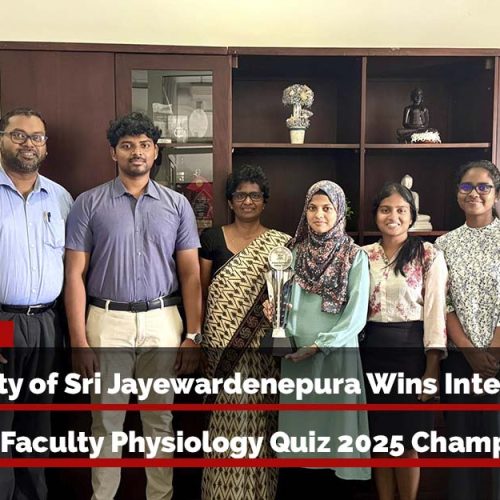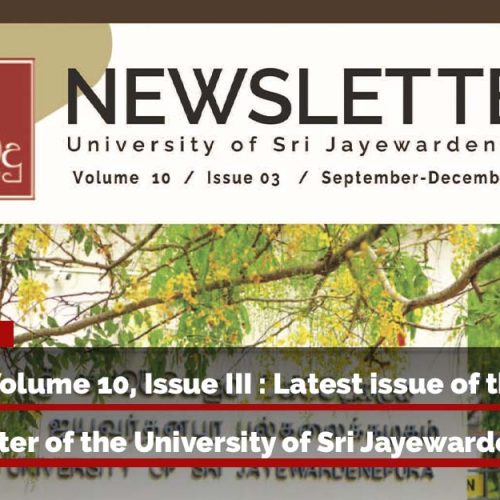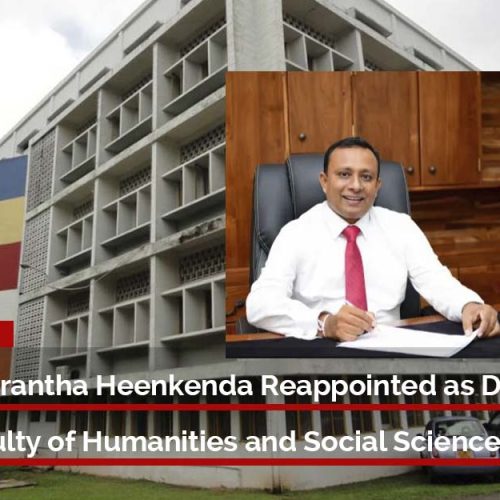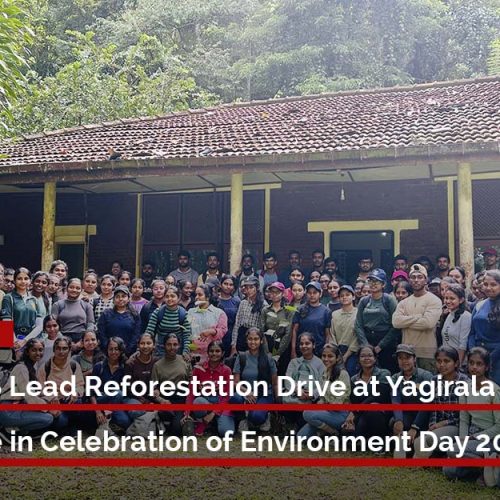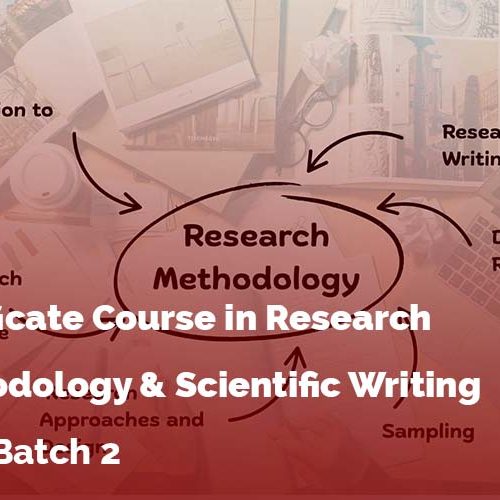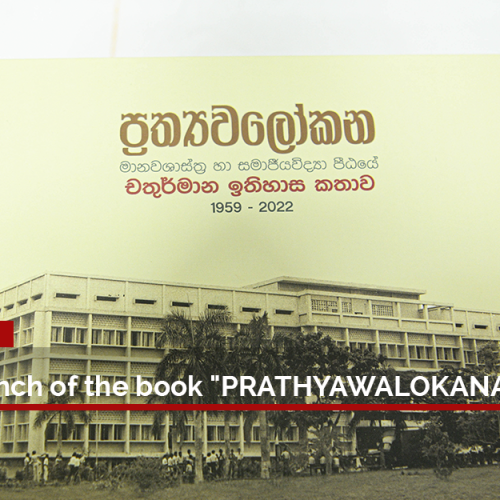For the first time in Sri Lanka, the health benefits of this Cinnamon are coming under the microscope in a comprehensive, multi-centre scientific study.
Spices they came in search of to Ceylon in the Old World amongst which was the much-sought after cinnamon or kurundu. These days, housewives break off pieces of this spice and stir into steaming curries to get that extra zest, without a second thought.
The team from the Sri Jayewardenepura University’s Interdisciplinary Centre for Innovation in Biotechnology & Neuroscience, Faculty of Medical Sciences headed by Director Prof. Ranil de Silva is, however, looking at a different aspect – the health benefits of cinnamon.
“Cinnamon is a multifaceted medicinal plant which primarily contains vital oils and other derivatives. It has antioxidant, anti-inflammatory, anti-diabetic, anti-microbial, anti-cancer, lipid-lowering, cardiovascular-disease-lowering properties and also acts against neurological disorders, such as Parkinson’s and Alzheimer’s diseases,” says Prof. de Silva.
This is why cinnamon is under the microscope in a comprehensive, multi-centre scientific study ever undertaken in Sri Lanka by a multidisciplinary team comprising scientific and medical researchers from the Sri Jayewardenepura University’s Faculties of Medical Sciences, Applied Sciences, Management Studies and Technology; the Kelaniya University’s Faculty of Science; and the Colombo University’s Institute of Indigenous Medicine.
Prof. Ranil de Silva at Thursday’s meeting
The Department of Export Agriculture, Peradeniya, is also part of the programme, while the team has won a competitive research grant to the value of Rs. 27.7 million to study the ‘Potential protective roles of Ceylon Cinnamon in health, leading to product development’ from the Primary Industries Ministry.
From across the seas, international collaboration and funding are being extended by Japan’s National Institute of Advanced Industrial Science and Technology (AIST), the 7th innovation centre in the world, along with India’s Department of Bio Technology (DBT) under the Science and Technology Ministry; the European Graduate School of Neuroscience (EURON); America’s George Washington University; Sweden’s Gothenburg University; and Australia’s Queensland University of Technology.
Pointing out that Sri Lanka is the only country exporting authentic cinnamon, Prof. de Silva reiterates, however, that there is no significant value-addition to cinnamon products manufactured at grassroots level. The popular export products are in the form of quills, with quality mainly being decided by importers to match their quality standards. Thus the actual economic value of cinnamon cannot be evaluated.
Getting down to detail, he says that cinnamon is one of the oldest spices used in traditional medicine and while about 250 species have been identified so far, it is just four that are used to obtain the spice. True or Ceylon Cinnamon (Cinnamomum verum or C. zeylanicum) is a small evergreen tree native to Sri Lanka which produces the highest-grade pure cinnamon, while the Chinese cassia cinnamon (Cinnamomum cassia) is the other most widely available species.
With its distinctive flavour and aroma, cinnamon is not only used as a food ingredient in bakery products, Asian foods, desserts, spicy candies, hot cocoa, liqueurs and tea but also in pharmaceutical preparations and the cosmetic industry. It is a common ingredient in various products such as lipstick, toothpaste, mouthwash, chewing gum, soap, nasal sprays and cough syrups.
“Sri Lanka is the world’s largest producer and exporter of pure cinnamon and pure Ceylon Cinnamon suppliers have around 70% of the global market-share,” says Prof. de Silva, adding, however, that export earnings from cinnamon have stagnated in recent years.
Ceylon Cinnamon is categorised into four major grades — Alba, Continental, Mexican and Hamburg based on the diameter of the quill and the most expensive (Alba) quill has a six-mm diameter.
Prof. de Silva’s contention is that with value-additions, especially considering its potential health benefits, cinnamon could be exported in the form of oil, powder and tablets, bringing in more foreign exchange to the country.
An interview conducted on “Cinnamon: From exotic to curative” by Prof. Ranil De Silva, Director of Interdisciplinary Center for Innovation in Biotechnology & Neuroscience, Director of World Class Universities Grant Project has been published, in the Sunday Times newspaper on 26th February 2017 (Sunday)- page 12 main section (News).
View newspaper article at: http://www.sundaytimes.lk/170226/news/cinnamon-from-exotic-to-curative-230519.html


